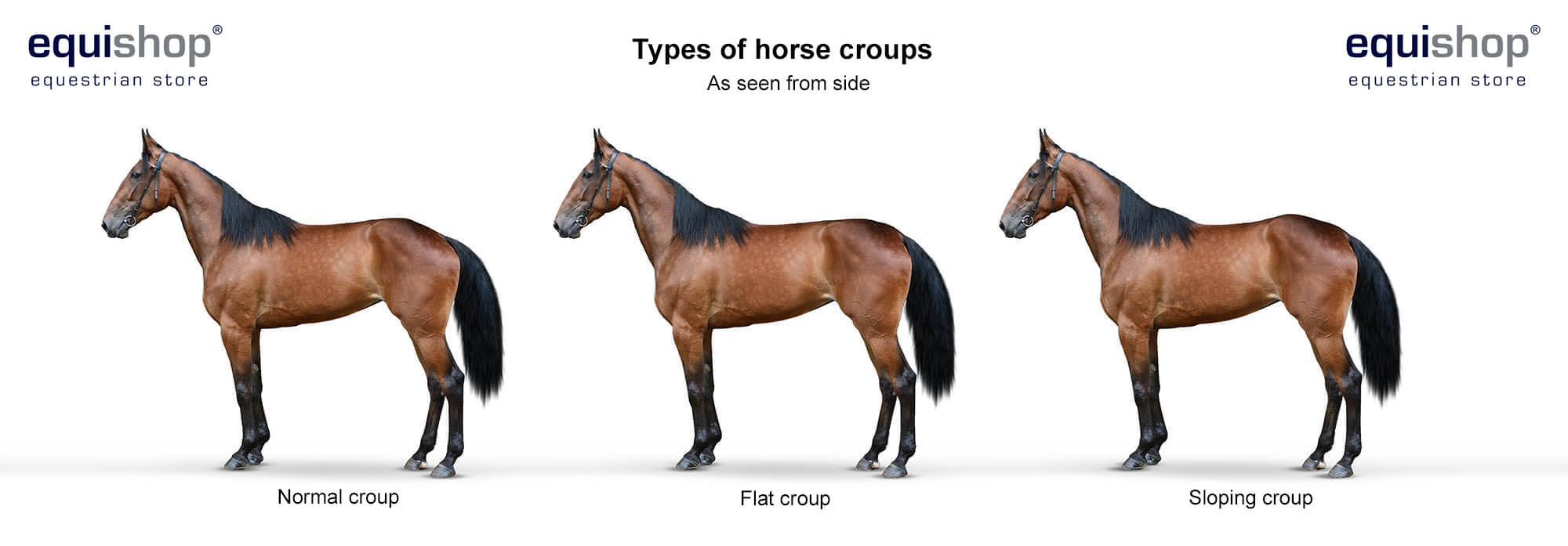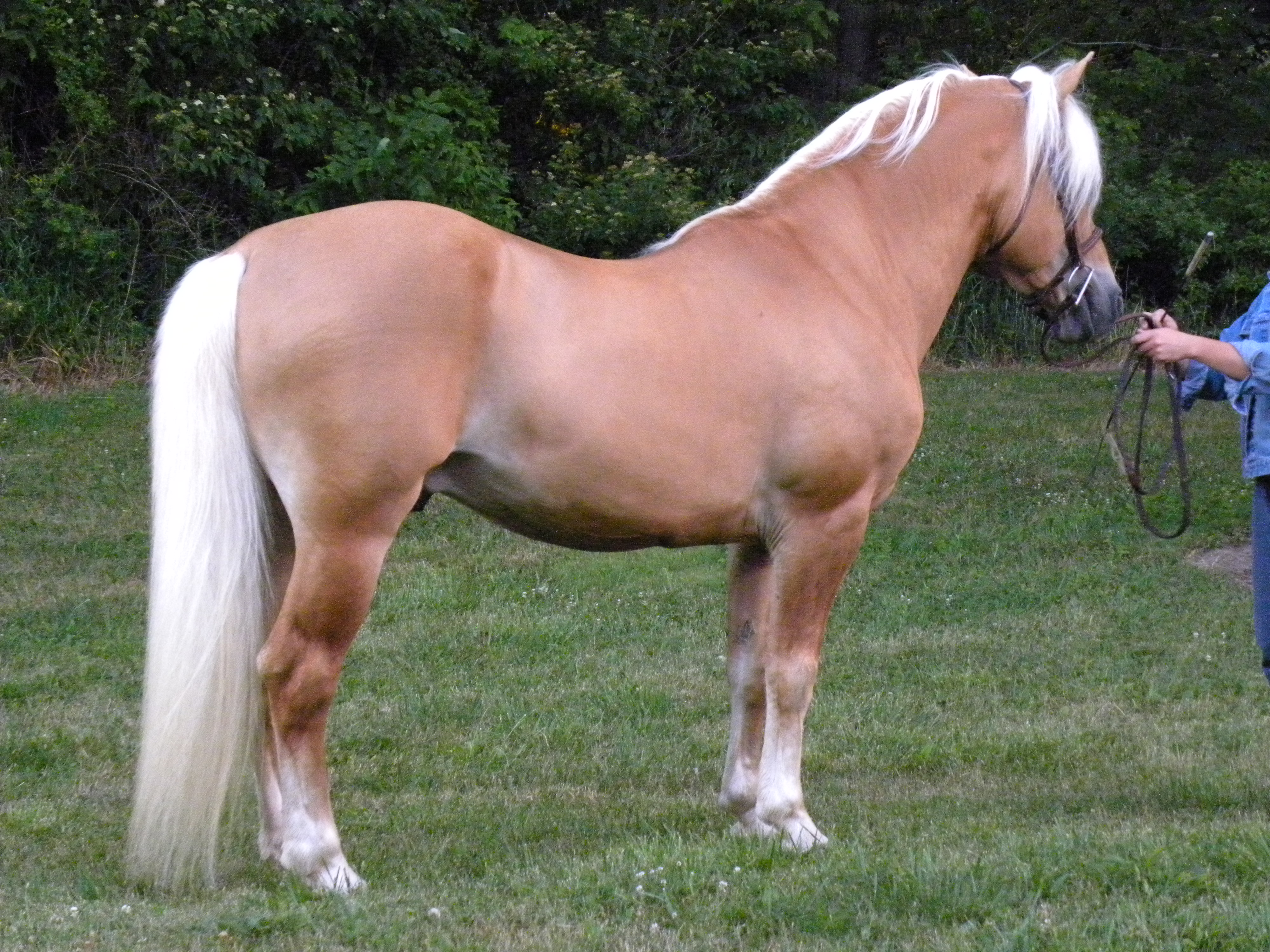Delving into the intricacies of equine tail anatomy reveals much about their essential role in a horse’s life. This appendage, while often considered merely an aesthetic feature, is a complex system critical for a range of activities and functions.
Horse Tail Structure and Function
The horse tail function extends beyond its simple appearance. At the core, it consists of the coccygeal vertebrae, muscles, ligaments, and nerves, all covered by skin and hair. This intricate structure allows for flexibility, strength, and sensitivity, which are vital for communication and protection against insects. The tail acts as an extension of the spinal column, providing balance and aiding in swatting away pests.
Tail Health in Horses
Ensuring tail health in horses is crucial for their overall well-being. A healthy tail is a sign of good nutrition and proper grooming. It should be free from wounds, parasites, and matting. Regular cleaning and inspection can prevent issues such as tail rubbing, which can indicate the presence of parasites or skin conditions.
The Multifunctional Role of Horse Tails

Horse tails are not merely for show; they serve multiple practical purposes that are vital to a horse’s daily life. Let’s explore the multifaceted roles that these appendages play.
Horse Tail Communication
One of the most fascinating aspects is horse tail communication. Horses use their tails to convey a variety of messages to their peers and humans. A swishing tail can signal irritation, while a raised tail might indicate excitement or alertness. Understanding these cues can greatly aid in interpreting a horse’s mood and intentions.
Fly Swatting Horse Tails
Fly swatting horse tails are a natural defense mechanism against pesky insects. The tail’s swift movements can deter flies from landing and biting, providing much-needed relief to the horse. This function is especially important during the warmer months when insect activity is at its peak.
Horse Tail Behavior in Different Scenarios
- In a relaxed state, a horse’s tail may hang loosely, indicating contentment.
- During competition, you might witness more vigorous horse tail behavior, with tails flicking in concentration or swishing in response to the excitement.
- In the presence of a threat, the tail may be clamped down, signaling fear or submission.
Exploring the Purpose of Horse Tails

The purpose of horse tails extends well beyond what meets the eye. These versatile appendages have a rich history of aiding horses in various aspects of their lives.
Equine Tail Uses Beyond the Obvious
Equine tail uses are diverse. Historically, tails have been used for communication among horses within a herd. They also serve as a natural means to protect sensitive areas from biting insects and to help disperse the horse’s scent for reproductive purposes. Moreover, tails can be a mechanism for temperature regulation, allowing excess heat to escape.
Horse Tail Movement: Expressions and Signals
Horse tail movement often provides insight into a horse’s emotional state and intentions. A horse may swish its tail to express annoyance or to shoo away insects, but gentle side-to-side movements can also be a sign of relaxation. Recognizing these signals can foster a deeper bond between horses and their handlers, allowing for better understanding and communication.
Grooming Horse Tails

Grooming horse tails is a critical aspect of equine care. A well-maintained tail not only looks appealing but is also indicative of a horse’s health and hygiene.
Best Practices for Tail Care
Regular grooming is essential for promoting tail health in horses. This includes gentle washing, conditioning, and careful detangling. Avoiding over-brushing and using the right products can prevent breakage and ensure that the tail remains a strong, functional asset to the horse.
Horses are magnificent creatures, and every aspect of their anatomy serves a purpose. If you’re curious about the various features of horses, such as their manes and tails, check out our insightful articles. Discover the reasons behind their elegant manes in our article on why horses have a mane, explore the function of their hair in why horses have hair, and even learn about the intriguing practice of double fencing on horse farms with our piece on why horse farms have double fences. Each article is packed with interesting facts that highlight the beauty and intelligence of these noble animals.
Tools and Techniques for Maintaining Tail Health
Quality tools and techniques are vital in maintaining tail health. A wide-toothed comb, detangling sprays, and conditioners designed for horse hair can make a significant difference. Additionally, incorporating a routine check for parasites and skin issues under the tail can prevent discomfort and health problems down the line.
In conclusion, horse tails are much more than just an attractive feature. They play a crucial role in communication, protection, and overall horse well-being. Understanding equine tail anatomy, recognizing the multifunctional role of horse tails, and practicing proper grooming techniques are all essential for maintaining healthy and happy horses.



